Smyrna Catastrophe
The Smyrna Catastrophe and burning of the city, effectively ended the Greek presence in Anatolia after some 3000 years. These tragic events that took place from September 13-22, 1922 are part of the “first genocide of the 20th century”, in which Asia Minor was “cleansed” of its Christian population. Greeks were not the only victims of these savage events.
The Smyrna Fire only destroyed the Greek and Armenian sections of the city, while the Muslim and Jewish quarters were virtually untouched. Approximately 30,000 Armenian and Greek men were deported to the interior. They either were executed during their march or succumbed to the inhumane conditions. The first fires were set on September 13, and residents flocked to the harbor to escape. Some were beaten and raped and never made it to the quay. By some accounts, up to 400,000 people were forced to waterfront and remained there for two weeks under harsh conditions. About 150,000 Greek refugees were evacuated. Ships gathered in the harbor were told to “stand down” and not accept anyone jumping for safety. Some were ultimately rescued, and depending on who you ask, up to 125,000 people perished in these events.
Learn more about the Smyrna Catastrophe in the archives of WindyCity Greek magazine, here. Also, watch the documentary film, LETHAL NATIONALISM: GENOCIDE OF THE GREEKS 1913-1923, to learn more about the ethnic cleansing of Asia Minor.
Unfortunately, this is one of those historic events you won’t learn about in school. You have to seek out information on your own. So here are some books that will help shed some light on this horrific period.
Maria A. Karamitsos is an Amazon affiliate. As an Amazon affiliate, she earns money from qualifying purchases. By clicking through the links, when you make a purchase, she will receive a small commission at no additional cost to you. It helps to support her writerly endeavors Thank you!
Books to Read
Here are 10 books to read to learn more about the Smyrna Catastrophe. Click on the titles to purchase.
Paradise Lost: Smyrna, 1922
By: Giles Milton
Basic Books (July 8, 2008)
ISBN-10 : 0465011195 / ISBN-13 : 978-0465011193
On Saturday, September 9, 1922, the victorious Turkish cavalry rode into Smyrna, the richest and most cosmopolitan city in the Ottoman Empire. The city’s vast wealth created centuries earlier by powerful Levantine dynasties, its factories teemed with Greeks, Armenians, Turks, and Jews. Together, they had created a majority Christian city that was unique in the Islamic world. But to the Turkish nationalists, Smyrna was a city of infidels.
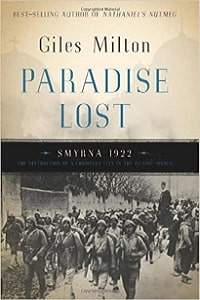
In the aftermath of the First World War and with the support of the Great Powers, Greece had invaded Turkey with the aim of restoring a Christian empire in Asia. But by the summer of 1922, the Greeks had been vanquished by Atatürk’s armies after three years of warfare. As Greek troops retreated, the non-Muslim civilians of Smyrna assumed that American and European warships would intervene if and when the Turkish cavalry decided to enter the city. But this was not to be.
On September 13, 1922, Turkish troops descended on Smyrna. They rampaged first through the Armenian quarter, and then throughout the rest of the city. They looted homes, raped women, and murdered untold thousands. Turkish soldiers were seen dousing buildings with petroleum. Soon, all but the Turkish quarter of the city was in flames and hundreds of thousands of refugees crowded the waterfront, desperate to escape. The city burned for four days; by the time the embers cooled, more than 100,000 people had been killed and millions left homeless.
Based on eyewitness accounts and the memories of survivors, many interviewed for the first time, Paradise Lost offers a vivid narrative account of one of the most vicious military catastrophes of the modern age.
By: Kostas Faltaits
Cosmos Publishing (January 1, 2016)
ISBN-10 : 1932455280 / ISBN-13 : 978-1932455281
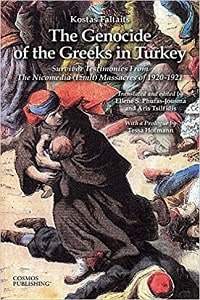
In March of 1921, journalist Kostas Faltaits arrived in Asia Minor (today’s Turkey) sent by newspaper Embros to cover Greece’s movements in the Greco-Turkish War. By the time he arrived in the region of Nicomedia (today’s Izmit) – a region inhabited by a large number of Greek, Armenian and Circassian communities – Kemalist forces had set fire to many of the villages, leaving behind a trail of death and destruction. Faltaits came face to face with the fleeing survivors of these massacres, and was able to collect these valuable and graphic eye-witness testimonies which were published in both Greek and French at the time. Translated for the very first time in English and with a prologue by Tessa Hofmann, this edition will shed some light into just one of the many chapters of the Greek Genocide, a genocide
Smyrna 1922: The Destruction of a City
By: Marjorie Housepian Dobkin
New Mark Pr; 4th edition (October 19, 1998)
ISBN-10: 0966745108 / ISBN-13: 978-0966745108

Smyrna 1922 is the dramatic story of the great fire that consumed the predominantly Greek city of Smyrna (now Turkish Izmir). The victorious forces of Mustapha Kemal (Ataturk) set the city ablaze while Allied warships looked on. The Smyrna’s demise marked a shift in foreign policy that favored Turkey, a wartime enemy, there followed a cover-up by tacit agreement of Western Allies who had defeated Turkey and Germany during World War I.
Ships of Mercy: The True Story of the Rescue of the Greeks, Smyrna, September 1922
By: Christos Papoutsy
UNKNO (July 31, 2008)
ISBN-10 : 1931807663 / ISBN-13 : 978-1931807661
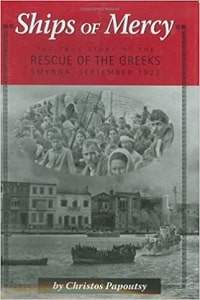
According to Greek tradition, the US and its World War I allies ordered the Greek army to invade Turkey, then abandoned it when the Turks fought back. When the Turkish army had driven the Greek army from the town of Smyrna, Greek women, children, and elderly men who had lived there fled to the quay, where they waiting for the entire month of September 1922 while American ships in the harbor refused to help them. Having semi-retired from a career in business, second-generation Greek-American Papoutsy began investigating, and found a story worth telling. Annotation ©2008 Book News, Inc., Portland, OR (booknews.com)
Before The Silence
by Sofia Kontogeorge Kostos
2nd edition (June 27, 2012)
ISBN-10 : 1607249995 / ISBN-13 : 978-1607249993
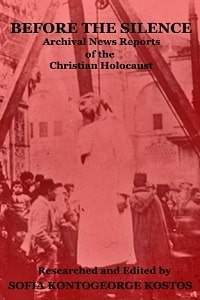
This book is a collection of newspaper reports documenting the massacres and genocides of Greeks, Armenians and Assyrian minorities who inhabited Asia Minor over many millennia by the Ottoman Turks and later the Kemalists. These reports emanating from English language sources show that there was a systematic and organized campaign by Turkish authorities to eliminate all traces of the memories of these minorities from the face of the earth.
Before the Silence will serve as a permanent reminder that the many massacres starting from 1822, and the genocides carried out during the years 1914-23 are a crime against humanity and the memories of the victims should never be forgotten but respected and remembered.
American Accounts Documenting the Destruction of Smyrna by the Kemalist Turkish Forces, September 1922
by Constantine G. Hatzidimitriou
Aristide d Caratzas Pub (March 25, 2005)
ISBN-10: 0892415924 / ISBN-13: 978-0892415922
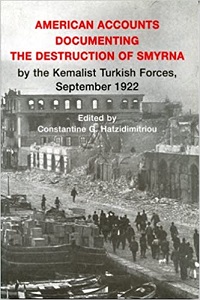
In September, 1922, the thriving, cosmopolitan city of Smyrna was captured and put to the torch by Turkish forces, led by Mustafa Kemal Ataturk. This was the culmination of a war that resulted in the transformation of the Ottoman Empire into the modern Turkish state. The destruction of the middle class Greek and Armenian quarters of the city, and the slaughter or expulsion of its inhabitants, represented the final seal of Turkish dominion. The “Progressive” Kemalist secular state-building ideology in part was the child of Bolshevik, proto-facist and radicalist influences. It assumed that the construction of modern Turkish identity required religious, ethnic and even “racial” uniformity. For this reason genocide and the expulsion of heterogeneous, especially middle class and Christian, groups was an integral element and underlying principle of the Turkish modernization reform process.
The governments that succeeded that of Ataturk, including the present secular “democracy,” continued to subscribe to this principle (witness the effort to crush Kurdish identity over the last two decades). However, the exigencies of dealing with western liberal democracies required that another reality be superimposed: Turkish regimes hence founded an entire industry to deny the genocides of the Armenians, of the Pontians and other Greeks, even that of smaller religious or ethnic groups such as the Arab Nestorian Christians. The destruction and burning of Smyrna became one of the first projects of systematic denial by Turkish governments. The evidence in this book includes official U.S. State Department documents, press and other eyewitness accounts that testify regarding the details of ethnic persecution. The reality they project must be contraposed to that promoted by the present Turkish regime and its mercenary propagandists in Washington and elsewhere.
By: George Horton
Taderon Pr (January 1, 2008-originally published in 1926)
ISBN-10: 1903656796 / ISBN-13: 978-1903656792
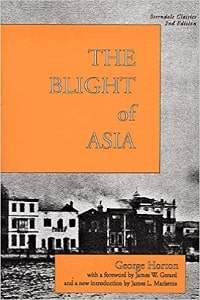
George Horton was the US consul-general in Smyrna during WWI and its immediate aftermath. His account of the burning of Smyrna (Izmir) and the forced exodus of its Greek and Armenian inhabitants chronicles the last stages in the ethnic cleansing of Asia Minor of its native Christian population. According to Horton, the sacking of Smyrna was due to the military prowess of Turkish nationalists, imperial rivalries amongst western powers, and commercial interest groups seeking advantages in the emerging Turkish republic. SPECIAL NOTE: The Blight of Asia was originally printed by Bobbs-Merrill Company in 1926.
Smyrna, September 1922: The American Mission to Rescue Victims of the 20th Century’s First Genocide
By: Lou Urenek
Ecco; Illustrated edition (April 26, 2016)
ISBN-10: 006225989X / ISBN-13: 978-0062259899
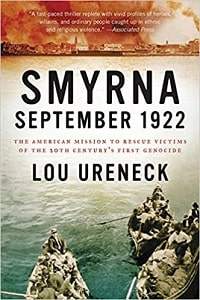
The harrowing story of an ordinary American and a principled Naval officer who, horrified by the burning of Smyrna, led an extraordinary rescue effort which saved a quarter of a million refugees from the Armenian Genocide.
In September 1922, the richest city of the Mediterranean was burned, and countless numbers of Christian refugees killed. The city was Smyrna, and the event was the final episode of the 20th Century’s first genocide — the slaughter of three million Armenians, Greeks and Assyrians of the Ottoman Empire.
The slaughter at Smyrna occurred as warships of the great powers stood by — the United States, Great Britain, France and Italy. The deaths of hundreds of thousands seemed inevitable until an American minister staged a bold rescue with the help of a courageous U.S. naval officer. Now, the forgotten story of one of the great humanitarian acts of history gets told.
The Gentle American: George Horton’s Odyssey and His True Account of the Smyrna Catastrophe
By: Ismini Lamb
Gorgias Press (July 31, 2022)
ISBN-10: 1463244495 / ISBN-13: 978-1463244491
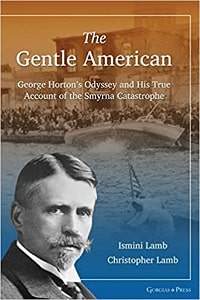
How many lives can one man save? Never enough, Horton realized. As his ship backed away from Smyrna’s wharf, he could better see the helpless, teeming crowd on the waterfront trapped between the sea and a raging inferno. He was not consoled by rescuing his shipload of refugees, nor by the many other Christian, Jewish, and Muslim lives he had saved during his service as American consul. His focus was on the people before him threatened with fire, rape, and massacre. Their persecution, he later said, made him ashamed he “belonged to the human race.” Helping them would not be easy, however. His superiors were blocking humanitarian aid and covering up atrocities with fake news and disinformation to win Turkish approval for American access to oil.
When Horton decried their duplicity and hard-heartedness, they conspired to destroy his reputation. Undaunted, Horton pursued his cause until it went to the President and then Congress for resolution. At stake was the outcome of WWI, the stability and liberality of the Middle East, and the likelihood of more genocide.
This bold reinterpretation of the life of humanist and diplomat George Horton explores an enduring question. What are the true costs of devotion to human rights, morality, and honesty in American foreign policy when those in power subvert such values…? Horton’s story compels us all to ponder: Is maintaining one’s honor, as he did, ultimately what makes life worth living?
Not Even My Name
By: Thea Halo
Picador; 1st edition (June 2, 2001)
ISBN-10: 0312277016 / ISBN-13: 978-03122
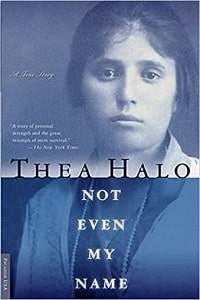
A riveting account of exile from Turkish genocide, brought to light for the first time ever in Sano Halo’s personal story
Not Even My Name exposes the genocide carried out during and after WW I in Turkey, which brought to a tragic end the 3000-year history of the Pontic Greeks (named for the Pontic Mountain range below the Black Sea). During this time, almost 2 million Pontic Greeks and Armenians were slaughtered and millions of others were exiled.
Not Even My Name is the unforgettable story of Sano Halo’s survival, as told to her daughter, Thea, and of their trip to Turkey in search of Sano’s home 70 years after her exile. Sano Halo was a 10-year-old girl when she was torn from her ancient, pastoral way of life in the mountains and sent on a death march that annihilated her family. Stripped of everything she had ever held dear, even her name, Sano was sold by her surrogate family into marriage when still a child to a man three times her age.
Not Even My Name follows Sano’s marriage, the raising of her ten children in New York City, and her transformation as an innocent girl who was forced to move from a bucolic life to the 20th century in one bold stride. Written in haunting and eloquent prose, Not Even My Name weaves a seamless texture of individual and group memory, evoking all the suspense and drama of the best told tales.
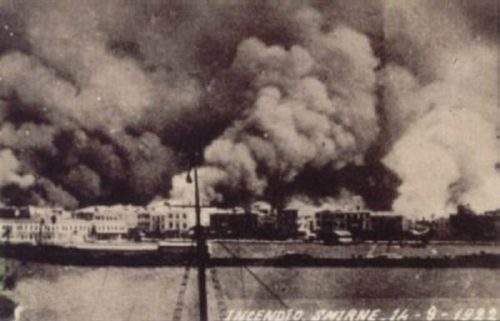
Learn about the Smyrna Catastrophe
We will never forget. May the memories of all those lost be every eternal. For more information about the Greeks of Asia Minor and the Greek genocide, contact the Asia Minor and Pontian Hellenic Research Center, here.
Are you on my email list? Get my monthly newsletter and stay up to date on all my latest news, learn about recent blog posts, and more. Click HERE to join. It’s FREE.

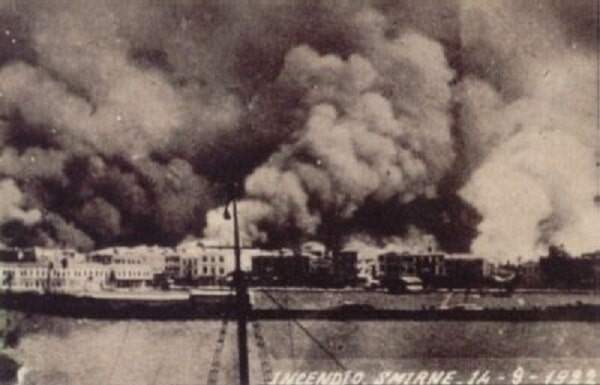
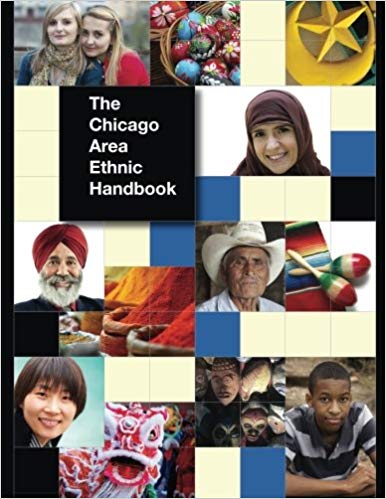
Much appreciated resource.. Also worth mentioning is Hemingway’s story, “ On the Quay at Smyrna.”.
Thanks George! Will check that out.